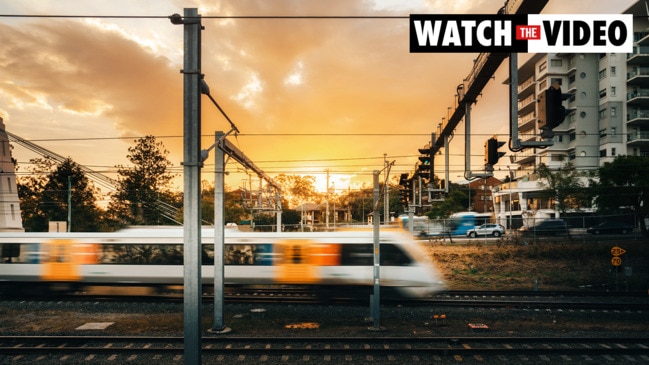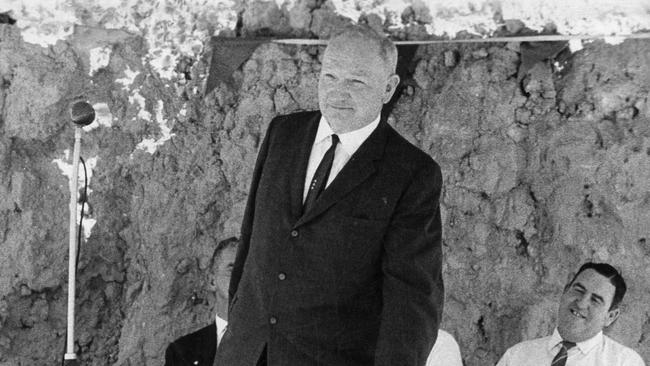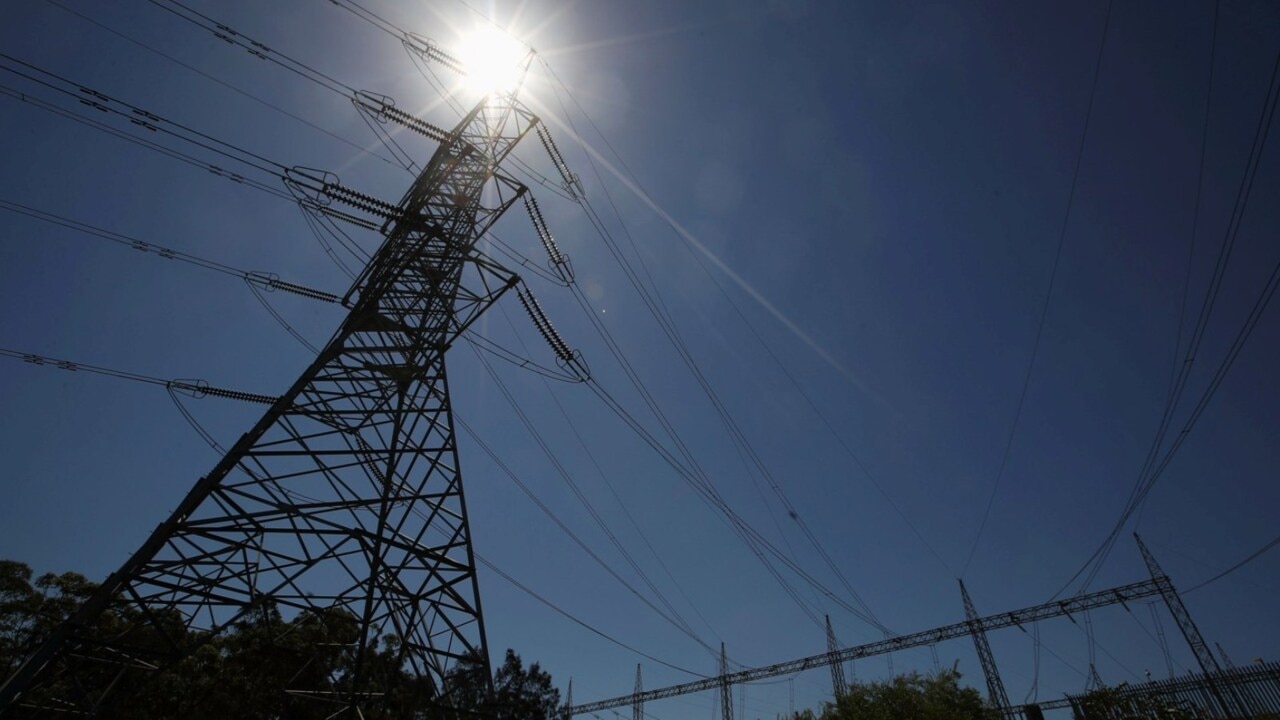Michael McGuire: The electricity market has failed – it’s time for Canberra to seize control of the national power grid
Back in the 1940s, SA premier Tom Playford took control of electricity supply. After last week’s power debacle, Michael McGuire says the new PM should follow his lead.

Opinion
Don't miss out on the headlines from Opinion. Followed categories will be added to My News.
Is it time to start to take a lesson from the state’s longest-serving premier, Tom Playford, and consider a renationalisation of the national electricity market?
After the debacle last week when the Australian Energy Market Operator suspended the spot market, warning of blackouts and asking people to limit power use, it’s fair to say the nation’s electricity system is a shambles.
And much of the blame for that can be laid at the feet of the privatisation mania that gripped Australia in the 1990s.
Victoria sold off its electricity assets in the mid-1990s, and South Australia flogged off ETSA in 1999, as a desperate Liberal government tried to stabilise the state after Labor’s State Bank negligence.
It opted for the lure of short-term dollars to plug a financial blackhole over the long-term health and stability of the state.
The promise of privatisation was that it would supply cheaper, more reliable power. The natural efficiency of the free market and the power of competition would deliver for Australians.
That would, predictably enough, turn out to be nonsense. The electricity market was broken up and sold off into its constituent parts of generation, transmission, distribution and retail. Along the way, the new owners would be scrabbling to make as much money as they could.
Fair enough. They had put up the money to buy the state’s assets and are entitled to make a return on that investment. But at that point the focus of the system moves away from customers to making money. In the hierarchy of what’s important, customers rank a long way below investors, shareholders and executive bonuses.

The result of selling off the state’s power assets has been higher bills and lower reliability. It also created a remarkably complex system that few non-experts can fully understand.
Customers have been advised for a decade now to “shop around’’ to find the best deal, as if picking up a language of megawatt hours, megajoules, feed-in tariffs, peak usage and supply charges was as natural as drinking a glass of water.
It’s difficult to think of any privatisation of a government service that has resulted in a better experience for the average punter.
Electricity is a natural monopoly. It is the backbone of our society, of our economy. It should not be left to the whim of the market.
Last week’s crisis was not driven by a lack of capacity across the national market. It was driven by generators who had flicked the switch to the off position because they were worried about losing money. They were trying to force the price higher then re-enter the bidding and make some cash.
CLARKE AND DAWE’S ELECTRICITY EXPLAINER
Playford saw the dangers of the state being held hostage to private electricity supply in the 1940s. Back then it was the Adelaide Electricity Supply Co that was in charge. He wanted prices to come down, they were increased.
Playford wanted the company to stop importing black coal from NSW and use brown coal from Leigh Creek to ensure the state was self-sufficient. They said no. He held a royal commission, created ETSA and took control.
Of course, privatisation is not solely responsible for the mess we find ourselves in. There is plenty of blame to go around.
Labor squibbed the “great moral challenge of our generation’’, the Greens voted with the Liberal Party to vote down Labor’s carbon pollution reduction scheme. The need for a national gas reservation scheme was overlooked.
Then we had the headbangers in the right of the Liberal Party, who ensured Australia wasted a decade and allowed the national energy system to atrophy to the point where last week happened.

It’s beyond galling to see new Opposition Leader Peter Dutton and former energy minister Angus Taylor blaming Labor for the most recent chaos. They had a decade to do something about it but instead decided it was more fun to play stupid ideological games and pretend climate change wasn’t an issue and that Australia didn’t need to plan for the future.
When former Liberal PM Malcolm Turnbull tried to implement his relatively modest national energy guarantee in 2017 it cost him his job. Part of the point of the NEG was to give a little certainty to power companies that would guide their future investment decisions.
So, here we are, left with an overly complex, unreliable, expensive system that is still ill-prepared for the inevitability that renewable energy will ultimately drive the system.
The renewed talk of nuclear is delusional. Ideologically, it doesn’t bother me but it’s ridiculously expensive and would take decades to build.
The state Labor government has promised to build a state-owned hydrogen power plant. There are still plenty of questions over hydrogen but at this stage, it is probably worth the risk.
Is it possible to put back together the shattered mirror that is Australia’s energy system? Possibly not, but it’s clear we have a failed model and doing more of the same isn’t going to work.




